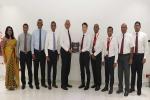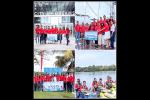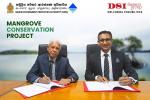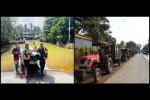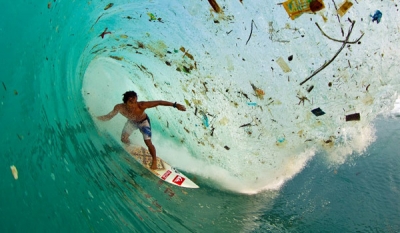These broader principles are manifested through the establishment of regulatory agencies like the Central Environmental Authority (CEA), which is managed under the oversight of the Ministry of Mahaweli Development and Environment.
Among the most serious challenges which authorities face in the backdrop of the continuing development in Colombo and its suburbs – which is set to reach unprecedented heights under the Megapolis & Western Province Development Project - is with regards to the issue of waste water treatment and discharge of effluents.
At present, all waste water and raw sewage generated in Colombo is collected and pumped completely untreated into the sea at two points in Wellawatta and Modara, and has already created adverse impacts for tourism along the Colombo stretch of the coastal belt.
This unfortunate state of affairs has led to several deeply concerning issues with regards to the levels of contamination of water, and all along the sea shore, and brings with it foul odours, extremely high levels of fecal contamination and the ever-present risk of pathogenic substances being washed back to shore, ruining what could otherwise have been a pristine stretch of beach.
While locals are relatively aware of this serious issue and tend to mostly avoid bathing in the beaches surrounding Colombo, many foreign visitors tend to be ignorant of the increasingly unhygienic conditions in these areas, while authorities are faced with the conundrum of whether or not to warn beach goers against sea baths in these areas and risk an adverse impact to tourism, in order to safeguard public health.
Escalating the severity of this pressing issue is the impact that the dumping of raw sewage into the ocean is already having on the country’s precious marine ecology, which in turn can result in threats to the stability of these eco-systems, in addition to adversely impacting fishermen, whose catches will reduce in size, while what fish they do catch may no longer be considered safe for human or animal consumption.
In order to rectify this increasingly dangerous situation, the Ministry of Provincial Councils & Local Government entered into loan agreements with the Asian Development Bank (ADB) with a view to financing the investments needed to establish waste treatment facilities to be implemented through the Colombo Municipal Council.
Structured as a Design Build & Operate (DBO) contract for the treatment of 55,000 m3 /day of waste water and raw sewage, the plant was to be constructed in a manner that it could operate for a minimum of 18 years.
The Tender documents on which these project was to be initiated was in turn based on standards established by the CEA, largely on par with international standards for discharge of wastewater in to the sea.
Drastic and highly suspect reversal of standards
If matters have proceeded according to the original regulations put forward by the CEA, Sri Lanka would most certainly have made tremendous progress towards the mitigation of years of dumping of Colombo’s raw sewage into the ocean.
However, these vital steps towards a more sustainable solution to waste treatment was suspiciously and hastily abandoned following multiple postponements, contradictory explanations and several new amendments of standards that caused further delays to the project without any practical impact except to add more overheads to the total project cost.
To the alarm of environmental activists and related stakeholders, the discharge standards for effluents into coastal and marine waters was completely gutted by CEA in December 2017.
Despite essentially reverting to the previous practice of dumping raw, untreated sewage into coastal waters by lifting all restrictions, the ADB has puzzlingly gone along with the new ‘standards’ proposed by CEA and embraced by CMC, despite the fact that the financial facilities are already approved towards the improvement of water and waste water services in Colombo, the announcement of which specifically cited the construction of a wastewater treatment plant for the Colombo city southern catchment.
From the facts given it can only be surmised that the authorities are merely considering the minor financial gain, comparative to other Government investments, through a reduction in the stringency of treatment, while recklessly ignoring in its entirety, the risk of permanent ecological harm, not just in the waters in close proximity, but across the entire length of the coastal belt, to the detriment of the tourism industry’s future and the rich marine ecosystems currently present in these waters.
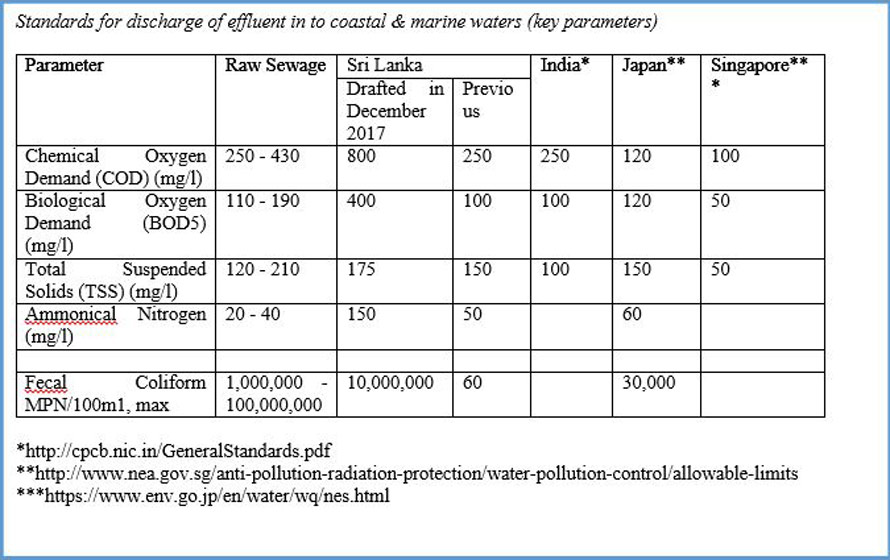
The values indicate that raw sewage can be pumped in to the sea directly as per the new standard as many parameters are within the limit. But other countries has very stringent standards.
Hence, despite forcing the nation to add to its already substantial debt burden, the CEA, CMC and ADB have completely abdicated their responsibility to the Sri Lankan people, and merely implemented standards lenient to the point of absurdity.
The ramifications of this completely irresponsible policy from organizations that are considered to be custodians of the public good, will continue to be felt by generations of Sri Lankans and it is confusing and shocking to think that Sri Lankan authorities could so brazenly display such a callous disregard for the common good of its people, and the rich environmental heritage that has been passed down to us.
If the fatal collapse of mountains garbage into the homes of residents in the Meethotamulla area has taught us anything, it is that Sri Lankan officials are happy to ignore a problem until it cannot be ignored any longer.
What will it take for the CMC, CEA and the Minister of Mahaweli Development and Environment, to take their duty to the people and environment of Sri Lanka seriously?
A ring of raw sewage surrounding the pearl of the Indian Ocean is a poor tourism promotion campaign to be sure.
Questions will eventually be asked of these officials, and it is best they be asked sooner, rather than later, if our country is to avoid the humiliation of desecrating its pristine environment in a similar manner to what has already taken place in countries like the Philippines, simply to cut costs and line pockets.
By Channa Fernandopulle
Photo caption:
1.) Sri Lanka’s Western Costal Belt
2.) Tourist at the Mount Lavinia Beach
3.) Pollution in Bali
4.) Pollution at the Dehiwala Beach
5.) Effect of ocean pollution in Bali
